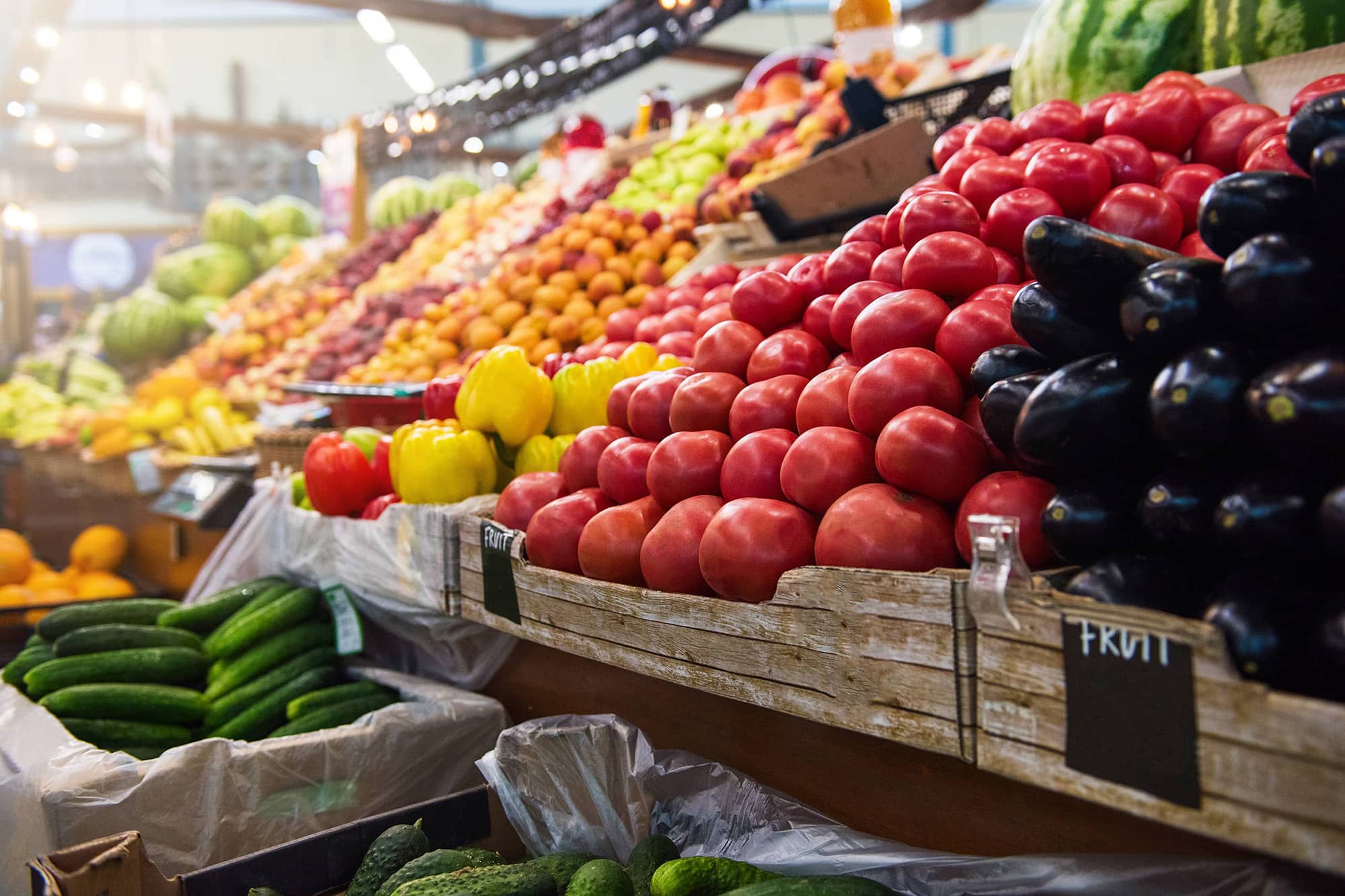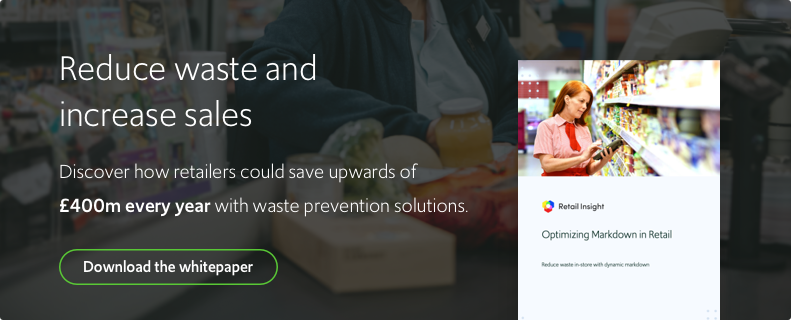How tech can help grocers tackle food waste

- 3 minute read
- Paul Boyle
Tesco’s recent £7.5m fine for selling out-of-date food in Birmingham between 2016 and 2017 is a timely reminder of the issues UK grocers face in their approach to stock management.
Despite the unappetizing problem of consumers buying out-of-date food, this situation highlights a lack of visibility among large grocers. Put simply, many lack awareness of what is happening on the shop floor.
Major grocers waste the equivalent of approximately 190 million meals per year, according to recent reports. Food waste reduction is becoming an ever more important issue. In addition to the pressure, grocers are under to improve sustainability and reduce their carbon footprints, increased operating costs during the pandemic have incentivized them to investigate other ways to reduce their bills.
A complex problem
The obvious overlap in financial and ethical interests actually presents a unique situation where resolving the issue of food waste benefits both the grocer and society. However, whilst the objective is clear-cut, tackling the issue is complex.
Food waste is a natural by-product of the industry. And, with all the best will in the world, we will never eliminate it completely. Our own research has shown total waste bills at UK supermarkets will be over £2.4 billion by the end of this year.
Despite this, most retailers understand that landfill should always be the last resort. Donating stock to food banks is a popular, ethical option to address wastage. However, this does not take into account the variables that lead to grocers discarding such large stockpiles of food in the first place.
Furthermore, this option is not always feasible as the shelf life of fresh goods is often short, which further complicates the redistribution of food. Particularly as food banks cannot always accept expiring fruit and veg as donations. It is arguably far worse to hand the problem over to charitable organizations and let them handle the costs and logistics of spoiled food disposal.
Integrating technology and insight
The key to solving this issue is through better integration of technology and leveraging insights that help grocers strike a balance between effective markdowns and the redistribution process.
The simplest, most effective way to retain the value of goods is through dynamic markdown. The principal aim is to achieve the best price that consumers are willing to pay before the produce expires. You can adjust pricing in real-time and take into account a range of variables that affect the sell-through rate. This include:
- Remaining volume
- Popularity
- Time of day
- Day of the week
- Store location
You can achieve these real-time adjustments through data capture, insight analysis, and tech implementations. By using these tactics, you can identify inefficient processes, streamline operations, and cut costs.
An effective strategy to reduce waste must capture demand, supply, operations, and compliance data in real-time to provide a more dynamic markdown process. By calculating a product’s optimal discount price and timing, you can move even closer to the ultimate end goal of having just enough availability to serve your customers effectively with as little waste as possible.
These implementations and strategies go some way to addressing the costs of food waste. It would also prove beneficial to customers and retailers, as the former are rewarded for their patronage with lower prices at the till while increasing retention and loyalty for the latter.
The reduction in costs allows grocers to allocate additional funds towards their wider sustainability efforts. Nearly 80% of European shoppers agree that supermarkets could do more to reduce their packaging and food waste Implementing these strategies allows grocers to address their customer's most pressing concerns by reducing waste, while also focusing on improving the operational and production processes themselves which many customers view as wasteful and unsustainable.
47% of consumers would switch supermarkets for a better deal This further reinforces the links between an effective, ongoing real-time markdown strategy and meeting consumer needs and expectations.
Make grocery waste reduction your top priority
To reduce waste and satisfy customers, retailers must tune in to all the relevant data points across their ecosystem They must use technology and advanced analytics to glean insights that allow them to act in real-time, so they can implement an effective and dynamic markdown strategy.
The environmental, moral, and commercial benefits of efficient food waste management are significant and must remain a top priority during these challenging times.
This article was originally featured in Sustainability Times.
Get in touch
Written by Paul Boyle
Paul, a Master's graduate in Engineering, became CEO of Retail Insight in 2011 having previously served as COO since the business was founded in 2005. He enjoys everything about Retail Insight; our people, products, and partners. Prior to Retail Insight, Paul worked at P&G and HJ Heinz in Commercial and Strategy.
